This was supposed to be a short 5 minute guitar lesson about one of Trey Anastasio's signature techniques called The Anchor Slide.
I was just going to transcribe “a couple” measures of the 12-9-95 Albany YEM because it contains an exceptionally beautiful demonstration this technique.
But every next phrase that I paid attention to just got cooler and cooler and weirder.
I couldn’t help myself and learned around 16 bars before I snapped out of it.
I really tried to make this lesson short…
But I think that there is some really valuable information here that can help you by:
- Expanding your knowledge of the fretboard
- Deepening your understanding about the mechanics of group improvisation
Original Title Image Credit: Jesse Borrell
Here are the objectives of our lesson:
- First, we’ll break down each lick in this excerpt of the 12-9-95 YEM jam
- Second, we’ll discuss three major takeaways that I gleaned when transcribing this section
- Third, we’ll talk about how to put it all together
Big shoutout to u/HornetAttack who gave me the idea this lesson. Thank you!
Gear Used for This Video
Performance:
- 2013 Paul Reed Smith Hollowbody II in Livingston Lemondrop Finish
- Vintage 1966 Fender Deluxe Reverb Amplifier
- Celestion Classic Lead 80 guitar speaker, 8 ohm
- Pickboy Pos-a-Grip Jazz Classic Tortoise Shell Cellulose 1.50mm Picks
- Planet Waves Custom Series Right Angle Guitar Cable
Recording:
The Anchor Slide Technique in the 12/9/95 You Enjoy Myself Jam
Lick 1

Our first lick starts at the 18:23 mark of the song. At this point they've already been in the jam for 7 minutes.
Over the G7 chord, Trey is playing out of the C shape of the G major arpeggio. Let's take a look at this shape.


So all of these notes are basically just a G major arpeggio, but in a very cool rhythm, which we’ll talk about a little bit later.
I call this technique the Anchor Slide because Trey chooses the 5th of G, which is the D note, to be his anchor points.
He’s sliding up to this note, and just choosing other chord tones of this chord to hit.
That’s the basis of this technique.
Now When the chord changes to C, he plays notes centered around the E shape of C.
Let's take a look at this shape:
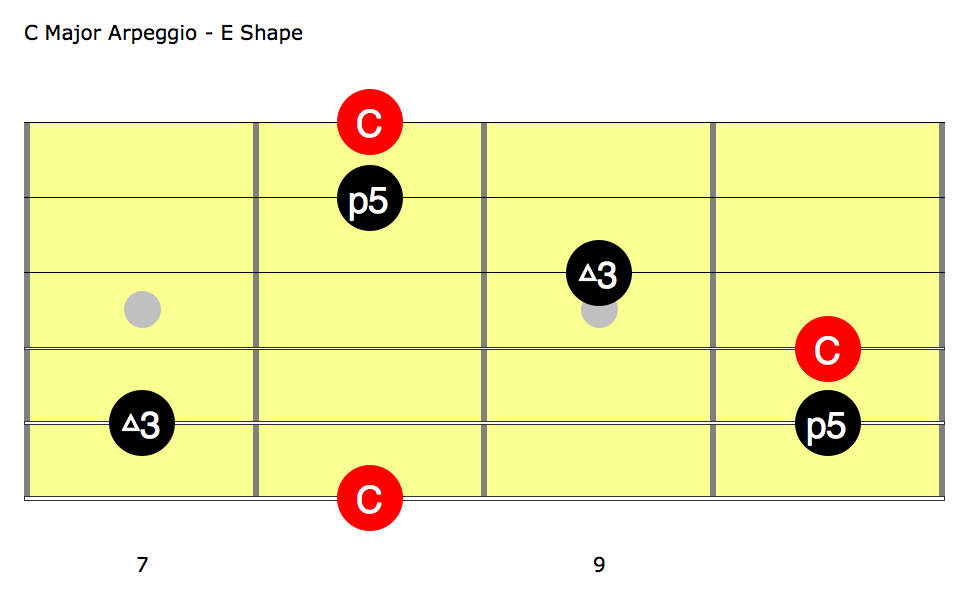

So we talked about D being the anchor point for G.
For C, we can see that he chooses the 3rd of C, which is the E note.
Therefore, Trey’s anchor points are connecting the 5th of D, with the 3rd of C.
Also, in this lick we have one note, D which trey borrows from the G chord.
Remember that D is the 5th of our G7 chord, but D is also the 9th of the C chord.
When he plays the D note in the C chord, it means that he is implying a Cadd9 chord, which is this sound:
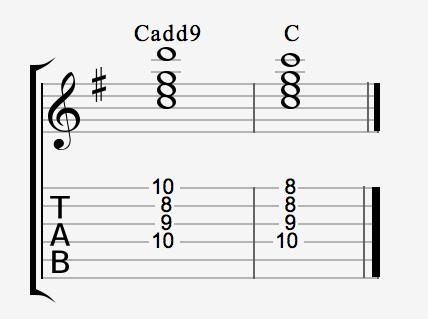
Getting Up to Speed
So now you know how to play the lick.
But you’re probably wondering, how could I ever learn to play it as fast as mister ‘95 Trey does?
Fear not, there is a formula. And I can teach you to play as fast as Trey does here.
This brings us to our first takeaway.
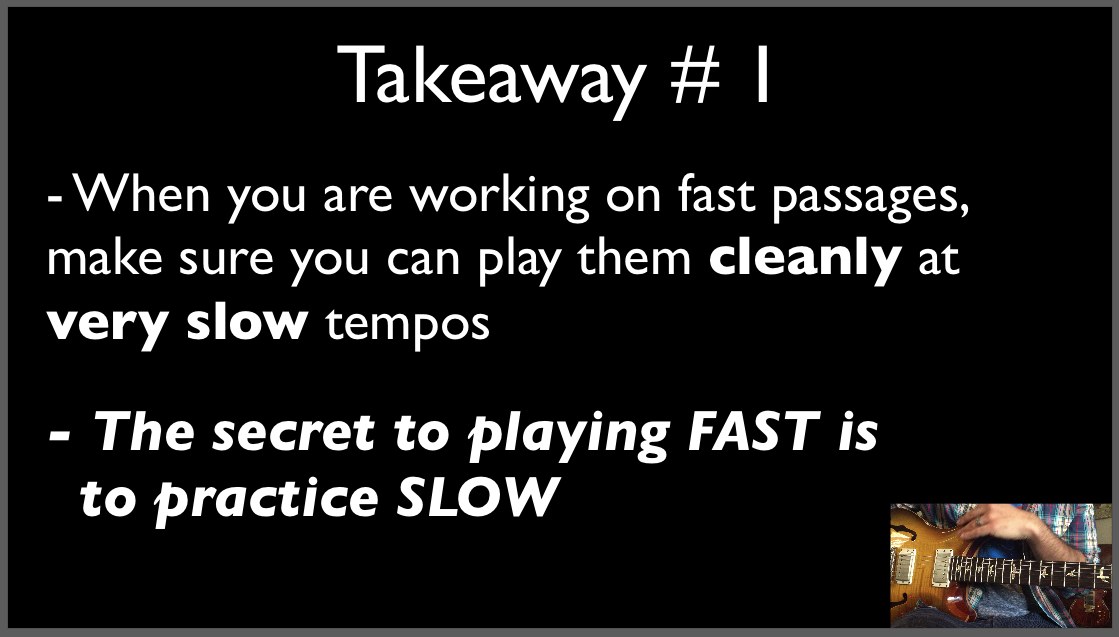
Full speed formula
First, if you don’t own a metronome, but you have a smartphone go buy the Tempo app.
It's just a few bucks ($3 for iPhone or Android users as of writing this article).
It's probably the best three bucks you will ever spend in your musical career.
If you don’t have a smartphone, then you can go to www.metronomeonline.com in your web browser.
- Start with four clicks at a slow speed, like 50 BPM
- Practice this lick at that speed and make sure you can play every note cleanly and clearly
- Try playing the lick 5 times in a row without any mistakes. If you make a mistake, then you’re back to try # 1.
- Once you can do it 5 times cleanly, go up by 5 BPM and do it again.
If you follow that formula, I promise that you can get it to where you are playing it at tempo, which is 110 BPM.
This is exactly what I used to learn how to play it at the same speed that Trey does in this jam.
This will take work and patience. You already know that those are essential qualities for realizing your potential on any instrument.
Also, I'm not a doctor and this isn't medical advice. If you ever feel a sharp pain in your hands or arms, when you’re practicing – stop and take a break!
Lick 2

Lick 2 is almost identical to lick # 1, but here Trey borrows another note out of the G chord for the C chord.
He borrows the B note, which is the third of B, and the major 7th of C.
So Trey is copying Fish, who is essentially the source of truth for this part of the jam.
We talked about this approach, in the Limb By Limb studio solo, where Trey plays like a drummer. Here, he’s doing it again, but to a higher degree.
Now, why do I say that is he playing like a drummer?
Let's look at standard notation of Lick 1, which has essentially the same rhythm as Lick 2.

Fish's snare hits happen on beats 2 and the 4 of the measure.
Notice how Trey's snappy high notes (circled in red) are also emphasizing beats 2 and the 4 most of the time.
Also, Fish's Kick drum is definitely landing on the 1 of each bar. Trey's lowest note (the anchor point), also does so consistently.
In this solo, Trey's left hand are shaped by what Page and Mike are playing, harmonically.
His right hand is shaped by what Fish is playing, rhythmically.
Pretty cool!
Lick 3

For this lick, we have some new ideas going on.
Trey abandoned the rhythm of lick 1 and 2 and displaces where he puts the accent.
He hops to the anchor note more frequently than he did before. This is a great way to build tension without playing more notes.
He also shifts the anchor note of C, it used to be the major 3rd (E), but now he plays D.
Remember, D is the 9th of C and also creates more harmonic tension, again, without playing more notes.
Finally, Trey plays the root of C (8th fret e string). In the next lick he resolves that note to the 3rd of G, which is the B note (7th fret e string).
This brings us to our second takeaway:

A lot of guitar players, and I’ve been personally guilty of this as well countless times, treat “faster and louder” as our only way building tension in a jam.
- In Lick # 3, we see trey use three different techniques to build tension without playing more notes:
- First, he displaces the rhythms in his repeating motif.
- He's still playing a solid 16th note rhythm.
- But when he changes where the accent/high note falls, it creates a shift and adds more tension.
- Second, he borrows chord tones from other chords.
- He uses D as his anchor point for G (the stable 5th).
- But when he uses D as his anchor over the C chord, it is the 9th, and creates tension.
- Third, he uses voice leading to connect chord tones.
- In this lick, trey plays the high C (8th fret e string).
- That wants to resolve to the 3rd of G (7th fret e string, B note).
- First, he displaces the rhythms in his repeating motif.
Now I could probably spend hours talking about each of those three techniques. I'd still still only scratch the surface!
There almost an infinite number of ways to demonstrate each one in itself.
But just keep these three ideas in mind when you’re improvising.
Remember that playing more notes is not the only way to build into a peak.
Lick 4

Now, for the first time in this section, Trey actually plays the b7th of G, which is the F note (10th fret G string).
Remember that Page is implying a G7 chord behind him. So now we have trey kind of acknowledging that harmony.
Check out how finely tuned Page’s ears are.
As soon as he hears trey play the b7th, he throws in a bluesy lick over the C chord.
I don’t think it was coincidence, he’s hearing and reacting to what’s going on around him musically.
Which is, of course, what Phish’s jams are really all about.
And something else happens when Page is playing that bluesy lick over the C chord. Trey simplifies his approach and plays a more simple lick and lets Page shine.
All of this happens in a flash.
But check out the recording, you can hear all of this going on.
I believe every era of Phish is special, but in December ’95 these guys were superhuman!
Lick 5

For our final lick, we have a lick that is very similar to lick #4.
But the only difference that Trey does a double anchor slide over the C chord.
Again, this creates some rhythmic displacement.
This is because it causes him to shift where the other high notes fall in his pattern.
Make sure that you experiment with these patterns and ideas in your own playing!
Putting It All Together
- Step 1 – practice each phrase slowly with a metronome (starting 50 BPM or less).
- Make sure you can play and hear each note cleanly and clearly.
- Your goal is to focus on one lick at a time, and try it 5x in a row without any mistakes.
- Once you flub it, you’re back to try # 1. NO BIGGIE. Just keep going.
- Step 2– increase the BPM by 5 beats and repeat.
- Performance tempo for this YEM jam is 110 BPM, let that be your goal
- Step 3 – repeat with all licks in this solo.
If you're reading this, then I want to congratulate you for making it through an extremely challenging lesson.
You are clearly interested in going above and beyond in your passion for music.
And that's something that sets you apart from everyone else on this wonderful planet.
If you haven't already, check out my 30 page e-book on building tension and release with the pentatonic scale. It's free.
Know that your dedication will pay off if you stay focused and consistent.
Thank you for allowing me to be your groove sherpa for today.
Feel free to reach out to me if you have any questions or comments. I read every e-mail.








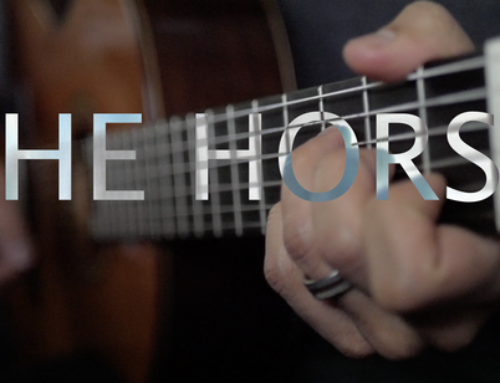

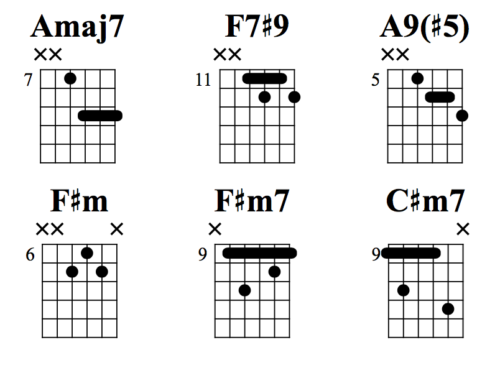

Leave A Comment